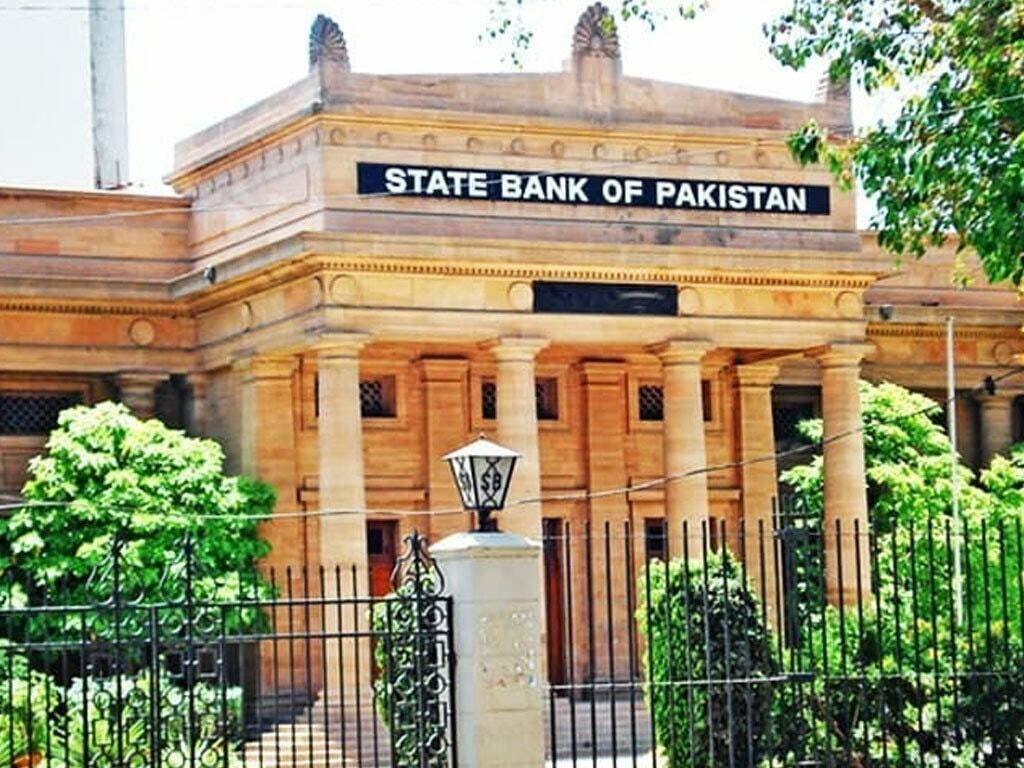As expected by the market, Pakistan’s central bank kept its key policy rate at a record high of 22% on Tuesday. This was done before the board of the International Monetary Fund (IMF) agreed to release the next $700 million loan to the country in January 2024.

At its fourth review of monetary policy in a row, the bank made no changes to the rate in the past six months. Since July, the bank has kept monetary policy tight in part to wait for inflation to slow down.
In its most recent comment on monetary policy, the State Bank of Pakistan (SBP) said that the policy rate would stay at 22%. As a result of the recent rise in gas prices, the decision does take into account the fact that inflation in November was higher than the monetary policy committee had thought. The committee thought that this might have an effect on the outlook for inflation, but that there were also some things going on that would balance it out, like the recent drop in the price of oil on the foreign market and the easier access to agricultural products.
Additionally, it said that the committee believed that the real interest rate would stay positive for the next 12 months and that inflation would continue to fall.
The MPC is still sure that headline inflation will go down a lot in the second half (Jan–Jun) of FY24. This is because aggregate demand will be kept low, supply constraints will ease, foreign commodity prices will level off, and the base effect will be positive.
Since its meeting in October, the MPC saw several important changes. It said, “First, the successful completion of the staff level agreement of the first review under the IMF SBA program would allow money to flow in and make the SBP’s foreign exchange reserves better.”
Second, the quarterly GDP growth result for Q1-FY24 stayed in line with what the MPC thought would happen: a moderate economic rebound. Third, recent polls of business and consumer optimism show that people are feeling better. That being said, core inflation is still high and is only slowly going down.
After looking at these changes, the committee decided that the current position of monetary policy is good enough to reach the goal of 5-7% inflation by the end of FY25. The committee said again that this assessment is also dependent on continuing to target fiscal consolidation and making sure that planned foreign outflows happen on time.
It was thought by the MPC that the improvement in real GDP would be moderate in FY24. The first figures show that real GDP grew by 2.1% year over year in the first quarter of FY24. This is up from 1% growth in the same quarter last year.
Like what was expected before, this rise was mostly caused by the recovery in the agriculture sector. There was also a modest recovery in the manufacturing sector. After shrinking for four quarters, growth in large-scale manufacturing turned positive.
The statement also said that growth in the commodity-producing sector was faster than in the services sector.










































